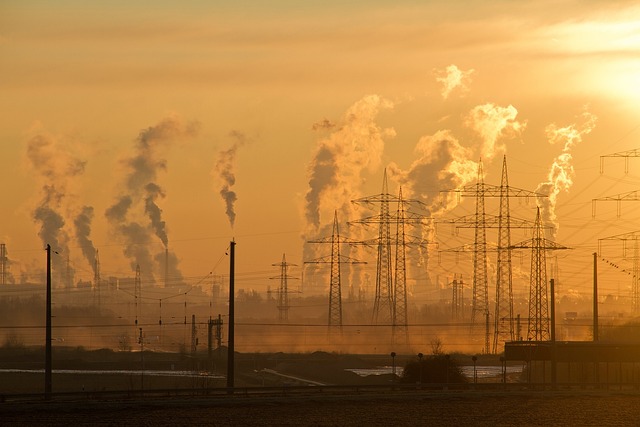 In a small victory for some power generation enterprises, the U.S. Environmental Protection Agency (EPA) has declared that Carbon Capture Systems (CCS) would not be required for existing coal-fired power plants.
In a small victory for some power generation enterprises, the U.S. Environmental Protection Agency (EPA) has declared that Carbon Capture Systems (CCS) would not be required for existing coal-fired power plants.
The proposed standards for power plant emissions, including the revisions exempting existing plants from CCS installations was issued on Sept. 20 and are expected to take effect in June of 2014.
The mandates for such systems, designed to capture the large amounts of carbon dioxide produced from coal-burning power plants, will only apply to new fossil fuel-fired facilities. EPA Administrator Gina McCarthy said at a forum yesterday that Carbon Capture “isn’t practical for existing plants.”
While the exemption certainly represents a financial relief for existing coal burning plants, who might have otherwise plunked down a pretty penny to cover the costs, those plants must still abide by the rest of the regulations.
According to Administrator McCarthy, the EPA intends to take a “common sense approach” regarding emissions guidelines and regulations for existing power plants, looking not just at the facilities but “how they fit into this larger energy picture.” McCarthy went to say that the EPA “will allow states to do the plans that will be meaningful to them.”
The EPA’s proposed standards for power plants lies at the core of President Barack Obama’s climate change campaign. June of next year will mark the deadline for the EPA to submit proposed emissions limits for power plants to the President.
Although Carbon Capture Systems represent a potential solution to bring some plants into compliance, the benchmarks for allowable emissions in fossil fuel-fired plants remains a battleground of controversy.
While the EPA has indicated that there are presently four new power plants which will employ Carbon Capture technology, the lack of empirical evidence regarding the cost or effectiveness of such systems means that regulations must remain flexible.
Furthermore, exemptions from CCS installations for existing plants could certainly cause a shift in direction for generation firms who may opt to renovate and expand existing facilities rather than go forward with previous plans to build new plants in order to avoid the added compliance obstacle.
Not only must the cost analysis take into account the equipment and labor costs for installing Carbon Capture systems, but the long term residual cost of maintaining it. Regardless, the EPA’s exemption for existing plants could help to balance electricity prices as opposed to a scenario involving hard-hitting mandates for all power plants.


